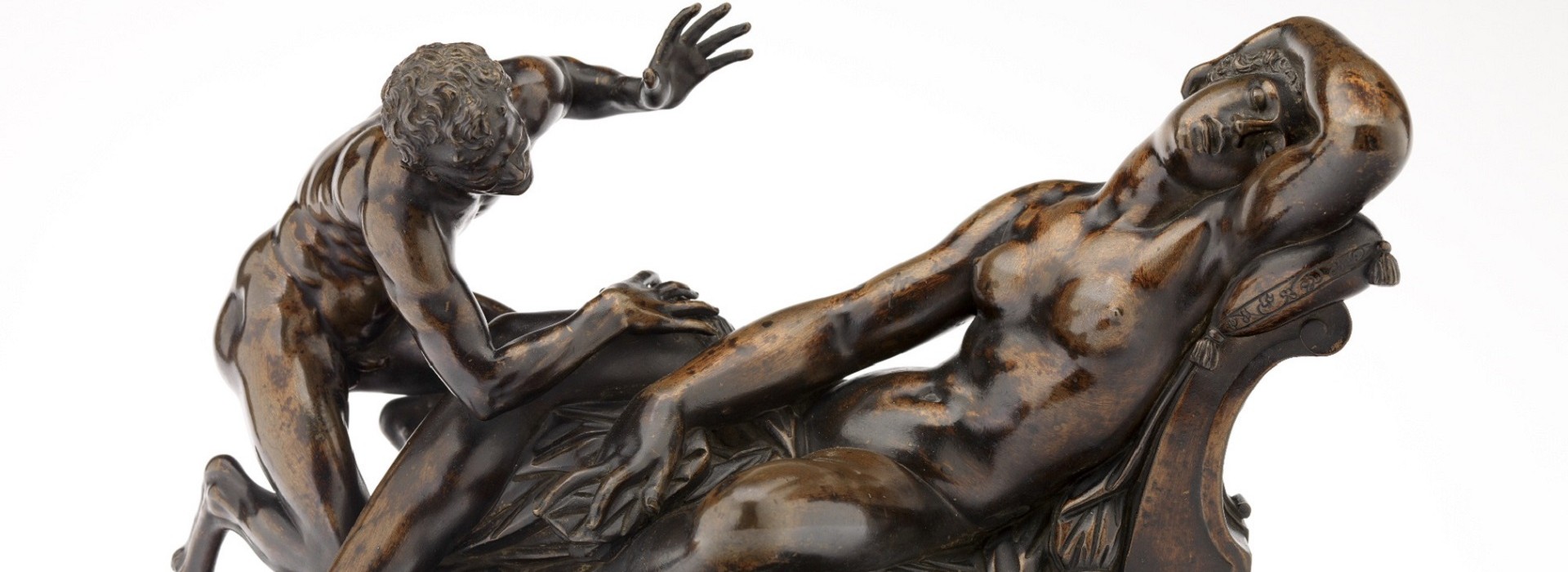Forging iron
When iron is heated in a fire and starts to glow it becomes malleable and can be shaped by striking it hard with a heavy implement. This is hard work. Really fine details or ornamentation are difficult to make using this technique.

Donors, friends and guests with a privilege pass may book a single or multiple time slots here
Donors, friends and guests with a privilege pass may book a single or multiple time slots here
Would you also like to experience more Boijmans or give a friendship as a gift? Join as a Friend and get invited for the annual Museumpark Vriendendag. Will we see you or your friend in the depot soon?

Base metals are common and inexpensive metals, that oxidise easily, as opposed to precious metals such as gold and silver. Examples of base metals include iron, tin and copper and alloys such as brass and bronze.
What do craftspeople do with these materials? Museum Boijmans Van Beuningen’s collection contains numerous objects that display different techniques for working with base metals.
When iron is heated in a fire and starts to glow it becomes malleable and can be shaped by striking it hard with a heavy implement. This is hard work. Really fine details or ornamentation are difficult to make using this technique.
Tin and other metals can be cast in moulds. The construction of suitable moulds requires a great deal of skill. It has to be possible to remove the cast after it has cooled without destroying the mould. After casting, the piece is finished – casting seams or ‘flash’ and sharp parts are filed or polished off.
Copper, brass and bronze can also be cast using the ‘lost wax’ method. An object is made in wax, including all the details and ornamentation. This wax model is completely covered in a type of plaster to create a mould. Links – channels or ‘runners’ – are inserted between the wax model and the outside of the mould. The whole thing is then heated so that the liquid wax can be poured off. The hot liquid metal can now be poured into the mould through the runners. When the metal has cooled and hardened the plaster mould has to be broken off. This, like the original wax model, is lost in the process. Finally the runners are removed and the metal product is finished.